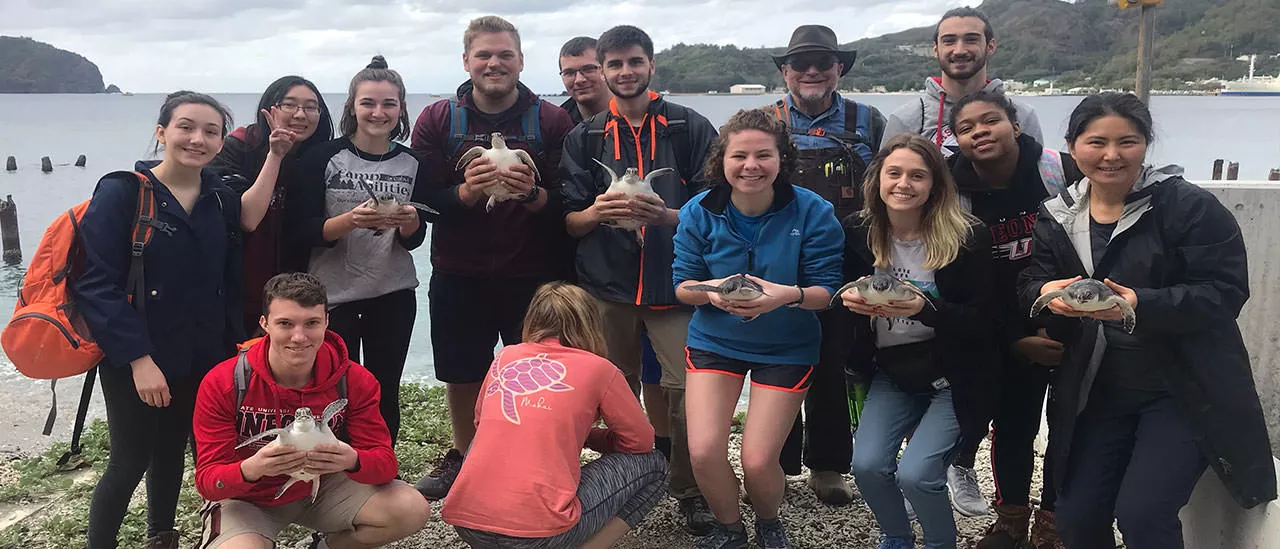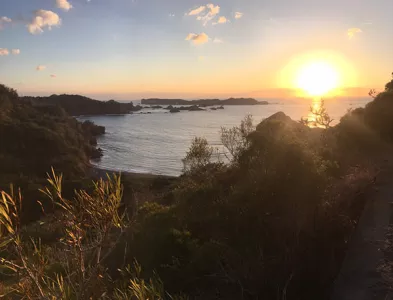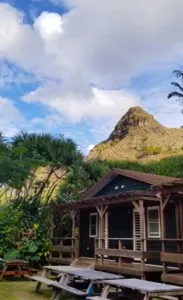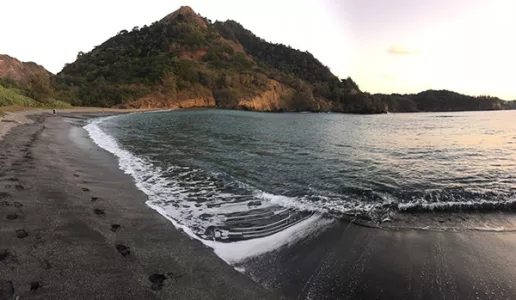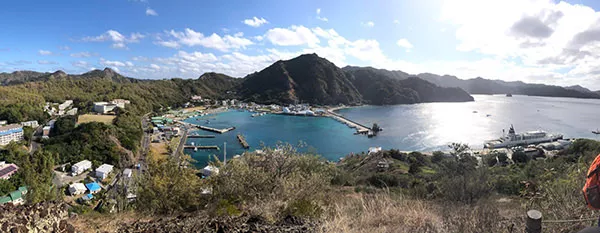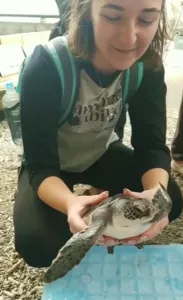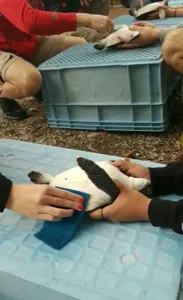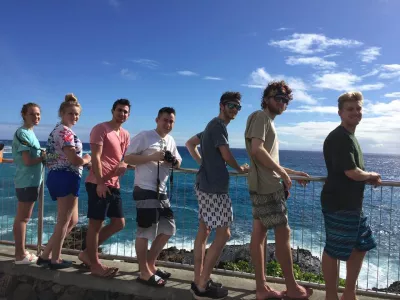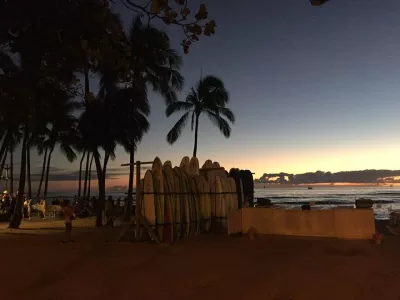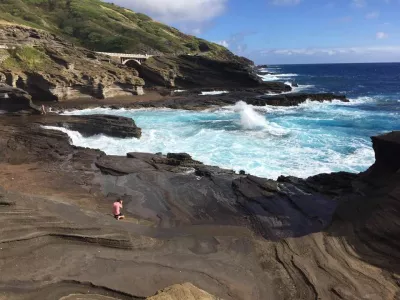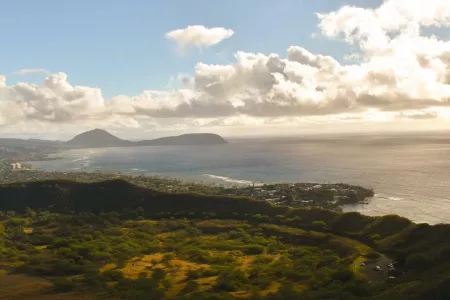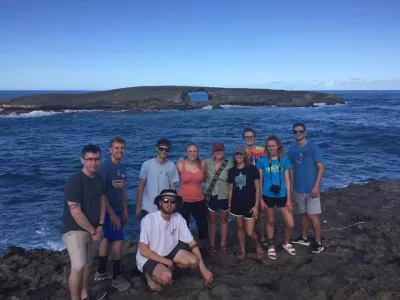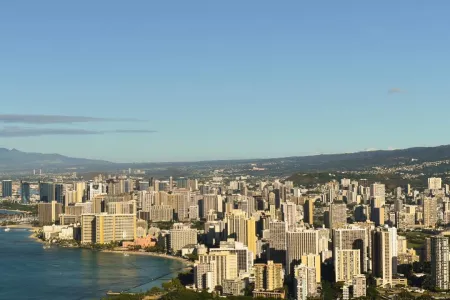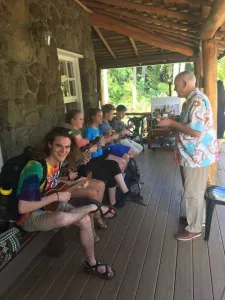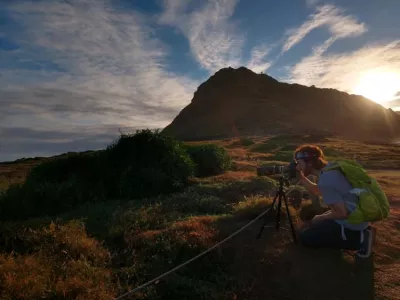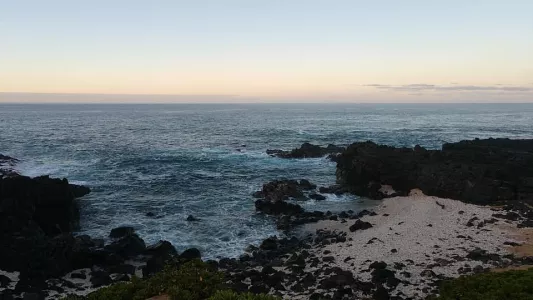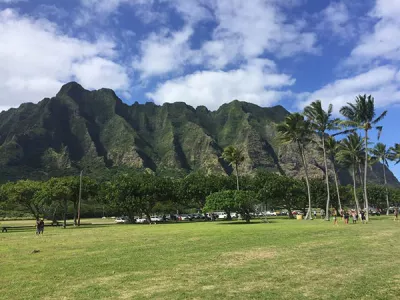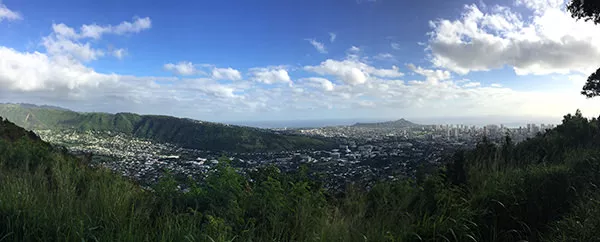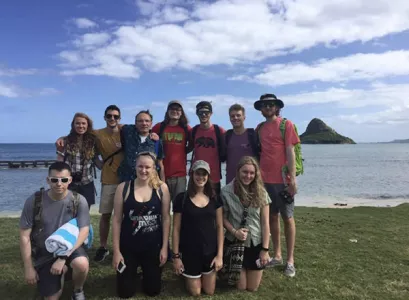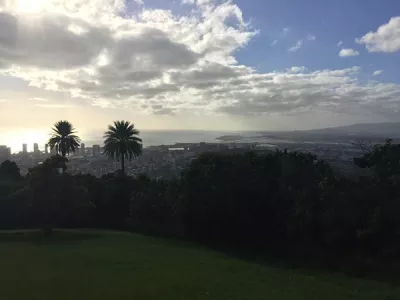Many students use winter break to rest and recuperate from the past semester, but 21 SUNY Oneonta students saw it as a chance to explore and learn in a different part of the world! Trips such as these offer a once-in-a-lifetime taste of adventure, letting students safely experience international travel with multiple modes of transportation, outdoor activities in various weather and terrain, dormitory-style group lodging with limited amenities and intensive cultural immersion.
Biology 271 in Japan
In early January, 11 SUNY Oneonta students traveled to Japan for their class, Biology 271 - Global Studies in Conservation and Sustainability, taught by Dr. Kiyoko Yokota. The goal of the two-and-a-half week course was to teach the students how they can meaningfully contribute to conservation and sustainability efforts around the world, according to Yokota, who accompanied the students along with professor Paul Lord.
While in Japan, students visited Tokyo and the islands of Chichijima and Hahajima. The locals of Chichijima and Hahajima work with the Tokyo Metropolitan Government to remove invasive species and prevent the transfer of new invasive species onto the island. They also work to protect the populations of indigenous species like the Japanese wood pigeon and the Bonin flying fox.
"On this trip we learned so much about creating a sustainable tourism environment and the conservation of indigenous flora and fauna of the Ogasawara islands,” said Biology student and Cortlandt Manor resident Kayleigh Hartnett, who ‘took over’ the college Snapchat for a day to give students at home a behind-the-scenes look at the trip. “This trip was such an amazing experience for me, being introduced to such a wonderful culture, meeting all the local people of the islands, and spending time working to protect the islands as they do."
Students’ itineraries were packed full of activities. They participated in a New Year countdown, complete with a fireworks display; stayed one night with local families on Hahajima; learned about sustainable ecotourism during a lecture by a researcher from the Ogasawara Whale Watching Association and went on a whale/dolphin watching cruise in a glass-bottom boat; and participated in a lecture and service learning at the Ogasawara Marine Center, where they cleaned algae off of sea turtles’ bodies and shells and learned about the challenges of protecting migratory animals.
Students also went on a long hike (2.5 hours each way) through the forest to the pristine John Beach; went sea kayaking and snorkeling in coral reefs; toured historical sites that are strongly influenced by the Japanese environment; and completed service learning at Morimoto Organic Community Farm, a sustainable community-supported farming, nutrient cycling, closed-loop food production system, minimizing ecological footprint.
Geography 294 in Hawaii
Meanwhile, 10 other SUNY Oneonta students traveled to the Pacific for Geography 294 to soak up the sun, fun, views, culture and history of the 50th state – Hawaii.
Accompanied by professors Wendy Lascell and Ken Johnson, the students visited popular landmarks, were immersed in the Hawaiian way of life and participated in various eye-opening activities.
One of their first stops was the Tantalus Overlook, where they were treated to a spectacular view of the Honolulu side of the island. Next, they visited a Japanese Buddhist temple and cemetery complex. Other points of interest included Ioni Palace, Kualoa Regional Park, the Polynesian Cultural Center, Pearl Harbor, and a Senior Community Center.
Casey McCurty, one of the students on the trip, wrote to the college and was excited to be learning and experiencing “such a wide variety of things.”
“We’ve learned about Hawaii’s cultural history as well as its geological history, all while exploring Oahu and having fun,” said McCurty, an Environmental Sustainability major from Schenectady. “It’s amazing that the geography department at Oneonta has opportunities like this for its students. I’m grateful to be here learning, and I’ve gained nine new friends in the process!”
One particularly interesting stops was at the Kualoa Regional Park, a state park that manages sustainable ancient fish ponds which have been struggling with pollution. At the state park, the students saw first-hand Hawaii’s cat overpopulation problem. At the park, and in many places in Hawaii, there are huge groups of feral cat colonies. Students spoke with people who feed the state park colony and take care of them – about 70 cats in total. It is a major issue in Hawaii, as the government and locals are at odds about what to do.
The students shot footage for a class documentary called “Landscapes and Voices of Hawaii.” Other notable items on the itinerary included visiting the University of Hawaii and the Bishop Museum; snorkeling at Hanauma Bay Nature Preserve; taking a tour of Hawaii’s Plantation Village; hiking Diamond Head Crater; and seeing a hula dance and gorgeous sunset at Waikiki!
